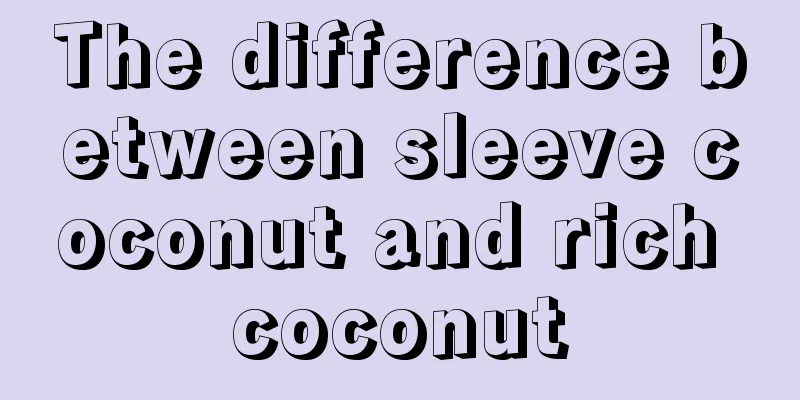Cultivation methods and precautions of false forsythia

Cultivation method of false forsythiaTemperature and lightForsythia suspensa prefers a warm growing environment and is not cold-resistant. The suitable temperature for its growth is between 18℃ and 26℃. When the temperature drops below 5℃ in winter, it is easy to suffer frost damage, and the temperature must be above 5℃ to survive the winter safely. Forsythia suspensa likes light and is relatively shade-tolerant. During its growth period, it should be given sufficient light so that it can grow well. Some of the variegated varieties need more exposure to sunlight to achieve bright and beautiful colors. If there is insufficient light, the colors will fade and the ornamental value will be reduced. Watering and fertilizingForsythia suspensa likes moisture and is not drought-resistant. During the growth period, it is necessary to maintain sufficient water supply to meet the growth needs of the plant. Be careful not to have water accumulation in the pot, especially pay attention to drainage during the rainy season. In winter, keep the soil in the pot dry and water sparingly. Forsythia suspensa needs to consume a lot of nutrients during its growth period, and a lot of nutrients are needed for flowering and fruiting, so it needs to be fertilized frequently. During the growth period, nitrogen-based fertilizers should be applied once every half a month to promote plant growth; some phosphorus fertilizers and potassium fertilizers need to be applied before flowering to promote flowering; applying phosphorus fertilizers and potassium fertilizers after flowering can increase the ornamental value of the fruit and prolong the fruit viewing time. Precautions for the cultivation of false forsythiapruneForsythia suspensa is relatively resistant to pruning. Frequent pruning is beneficial to the ventilation and light transmission of the plants and the shaping of the plant shape. When pruning, you can combine it with repotting in spring. You should cut off some weak and diseased branches of the false forsythia to promote its better growth. After the false forsythia blooms, if you need to keep the fruit, do not prune it. If you do not need to keep the fruit, you can cut off the inflorescence so that it can branch and bloom again. RepottingThe false forsythia can be repotted once every 1 to 2 years in the spring, and some new soil can be replaced at the same time. Pests and diseasesThe common diseases and pests of Forsythia suspensa are mainly sunburn, caterpillars and aphids. |
<<: Breeding methods and precautions of spring azalea
>>: Cultivation methods and precautions of false leaf tree
Recommend
Why are the leaves of the green radish wilting?
1. No sunlight When caring for the green radish, ...
When and how to plant moss
1. Planting time It is a vegetable with tenacious...
What kind of soil should be used to grow Strelitzia reginae, and how many years will it take for it to bloom?
1. Breeding soil It is best to use fertile, breat...
Cultivation methods and precautions of star mites
1. Breeding methods 1. Potting soil: When growing...
When does jasmine bloom?
1. Flowering time Generally speaking, jasmine blo...
How to propagate succulent bulbs
Sowing and propagation of succulent bulbs Seed pr...
Cultivation methods and precautions of Xiangfei Camellia
The maintenance of Xiangfei Camellia is very easy...
How to fertilize red peony
Application of base fertilizer Speaking of base f...
Can Christmas cactus be exposed to rain? Can Christmas cactus be left outside in the rain?
Schlumbergera can be exposed to moderate rain. Sc...
When to grow eggplant and pepper seedlings?
Eggplant and pepper are both Solanaceae crops. Wh...
Can bougainvillea be grafted?
1. Cutting conditions ① Time: The best time for b...
What are the benefits of growing phlox at home?
Phlox can beautify the environment The greatest f...
When is the cutting of wood fragrance flower
1. Which month to take cuttings The cuttings of o...
What to do if Milan leaves turn black
1. Causes of blackening There are many reasons wh...
How to plant Houttuynia cordata, pictures of Houttuynia cordata
1. Planting time It can be planted all year round...









